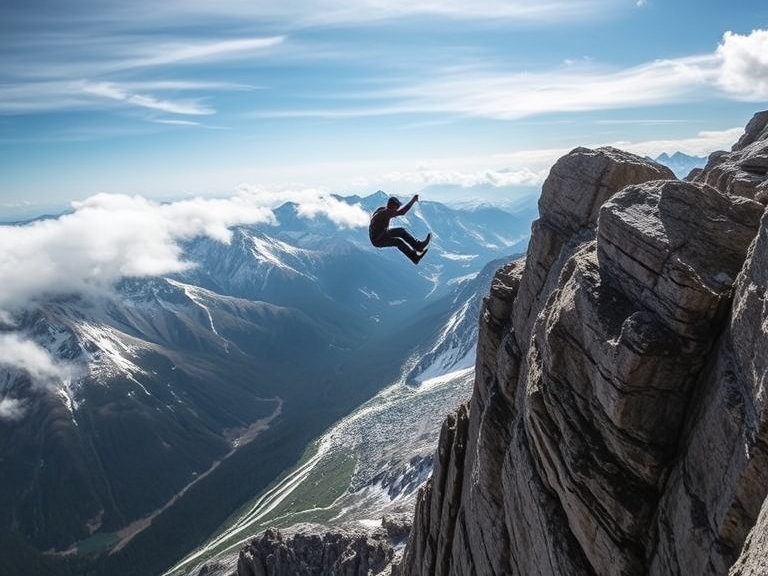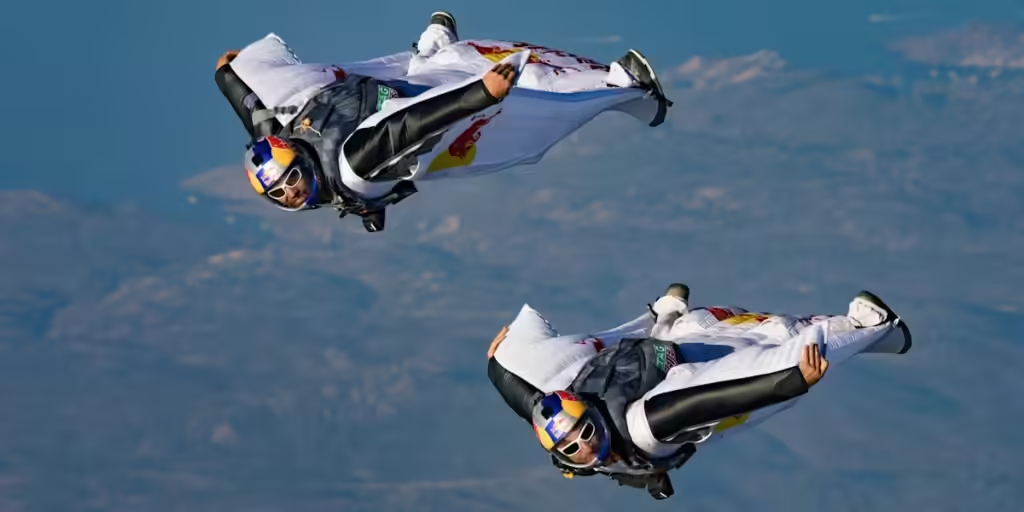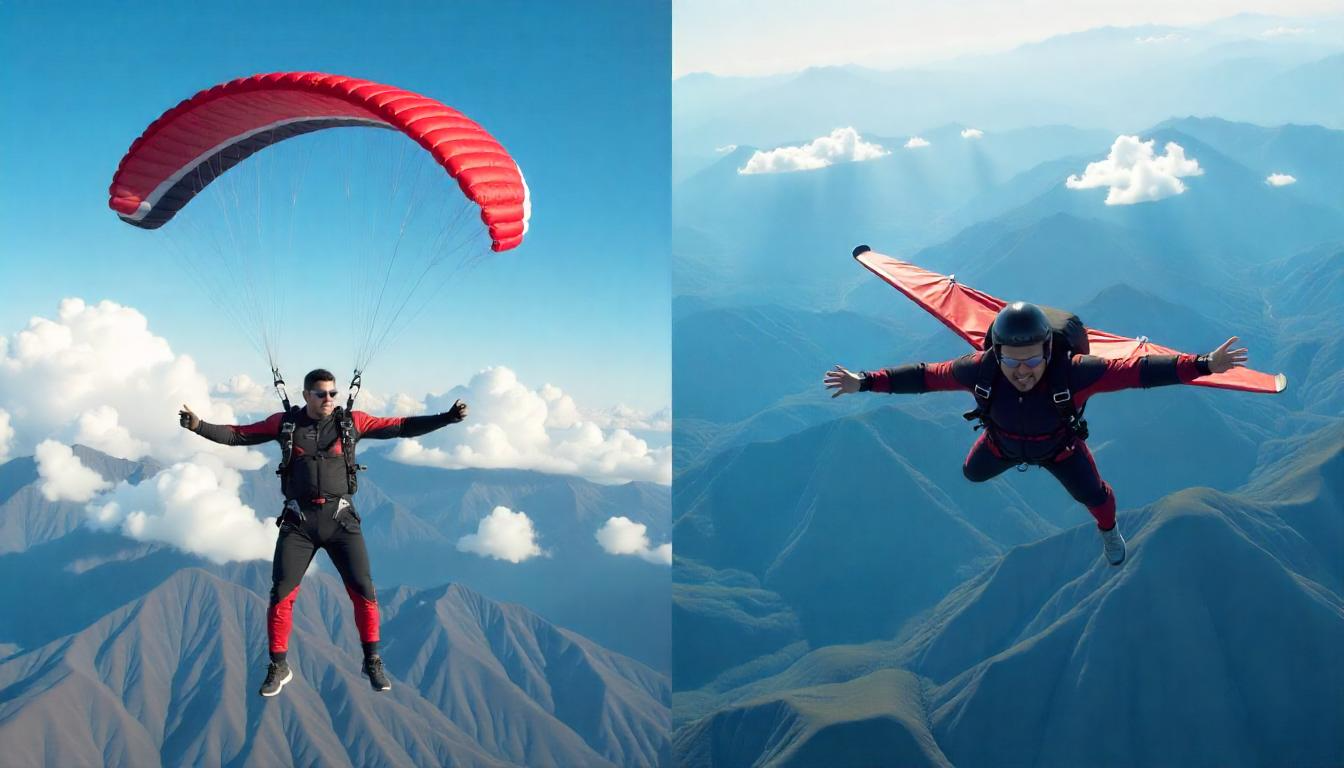Extreme sports consistently attract millions of fans every year, driven by the adrenaline-pumping excitement and unique challenges they present. However, the thrills of these activities come with significant risks that can lead to serious injuries or even death. Statistics reveal that thousands of people face accidents while pursuing these most dangerous extreme sports, highlighting the importance of safety. For many, these adrenaline-filled adventures provide an outlet for pushing personal limits and overcoming fears. This article takes a closer look at some of the most dangerous extreme sports around the globe, examining the inherent risks involved in these activities and offering vital safety tips that every enthusiast should keep in mind. By understanding these factors, participants can better enjoy their experiences while minimizing the danger that accompanies these high-risk sports.
High-Altitude Adventures
Base Jumping
Base jumping is widely regarded as one of the most dangerous extreme sports, offering enthusiasts the ultimate thrill of free fall. With a staggering fatality rate estimated at about 1 in 60 jumps, the risks associated with base jumping are substantial. High-profile accidents, including the tragic death of acclaimed base jumper Dean Potter, have caused alarm and increased awareness regarding safety in the community. To minimize fatalities and injuries in this high-adrenaline sport, experts emphasize that participants undergo rigorous training, which includes practical experience and theoretical knowledge. Utilization of state-of-the-art parachuting equipment and strict adherence to safety protocols can significantly reduce the risks associated with base jumping, allowing thrill-seekers to pursue their passion with a higher degree of safety.
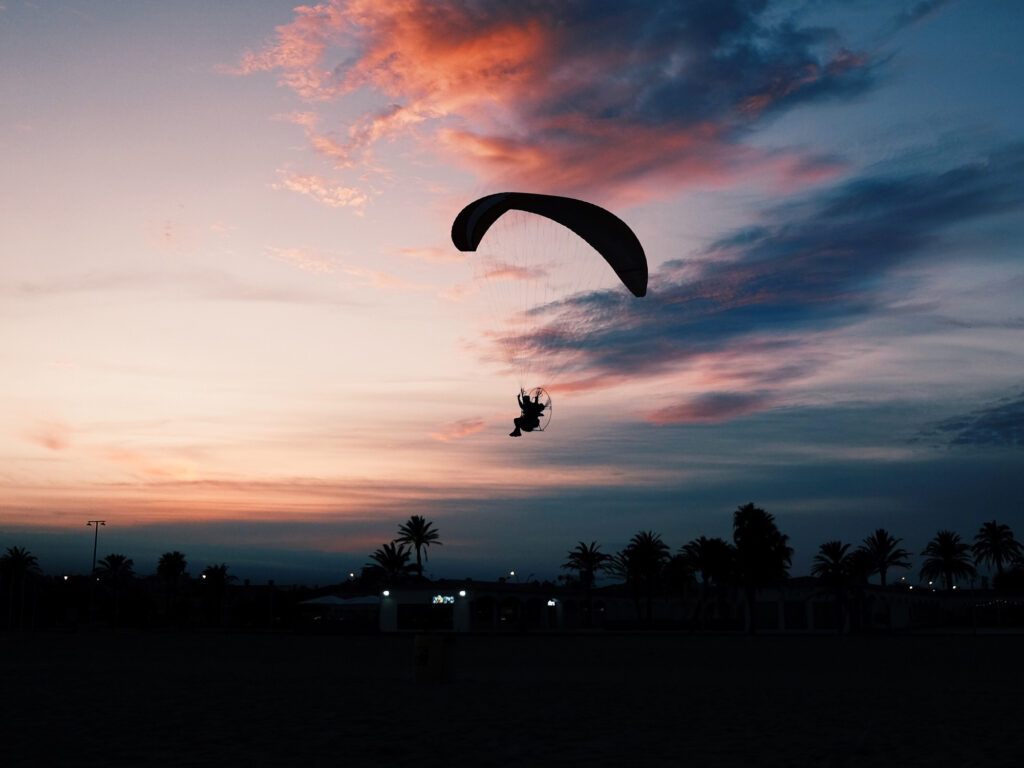
Mountain Climbing
Mountain climbing lures adventurers with the promise of breathtaking views and a profound sense of achievement from conquering towering peaks. However, it’s crucial to recognize that mountain climbing is one of the most dangerous extreme sports, particularly at high altitudes. Statistics reveal that an average of 30 climbers perish annually on Mount Everest alone, often due to altitude sickness and treacherous weather conditions. Historic accidents, such as the catastrophic events of the 1996 climbing season, serve as stark reminders of the perils inherent in this extreme sport. To navigate these dangers, safety experts recommend that climbers prioritize proper acclimatization and avoid tackling challenging climbs alone. By adopting a vigilant approach to safety, climbers can enhance their high-altitude adventures while protecting themselves against the inherent hazards.
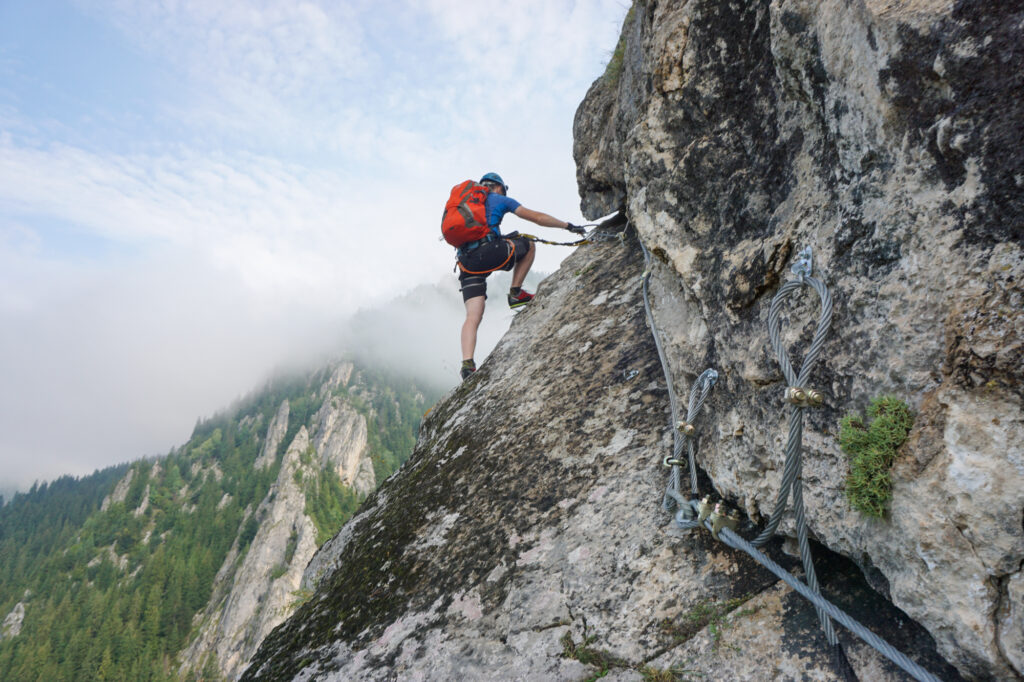
Wingsuit Flying
Wingsuit flying is an extreme sport that captivates thrill-seekers, allowing them to glide gracefully through the air while simulating the sensation of flight. However, this sport carries considerable risks; the fatality rate in wingsuit flying varies, with recent studies suggesting that approximately 1 in 500 jumps results in death. This statistic underscores the necessity for comprehensive training and preparation. Successful wingsuit flyers often attribute their achievements to extensive training that encompasses not only wingsuit techniques but also essential skydiving fundamentals. Experts emphasize that mastering the basics is crucial and encourage regularly checking weather conditions prior to any jump. By adhering to these guidelines, adrenaline enthusiasts can explore wingsuit flying while taking essential precautions to ensure a safer and more exhilarating experience.
Water-Based Extremes
Big Wave Surfing
Big wave surfing attracts adrenaline junkies eager to ride some of the most massive waves on Earth, making it one of the most dangerous extreme sports. With the exhilarating thrill comes incredible risk, as injuries and fatalities are prevalent in this intense sport. Statistics reveal that big wave surfers face substantial dangers when tackling colossal surf at renowned spots like Jaws in Hawaii and Teahupo’o in Tahiti, known for their extraordinary wave heights and treacherous conditions. Professional surfers stress the importance of thorough training, physical conditioning, and mental preparation to minimize accidents and improve performance. Aspiring surfers should prioritize learning about wave mechanics, safety protocols, and survival techniques to ensure they can conquer these monstrous waves without jeopardizing their safety.
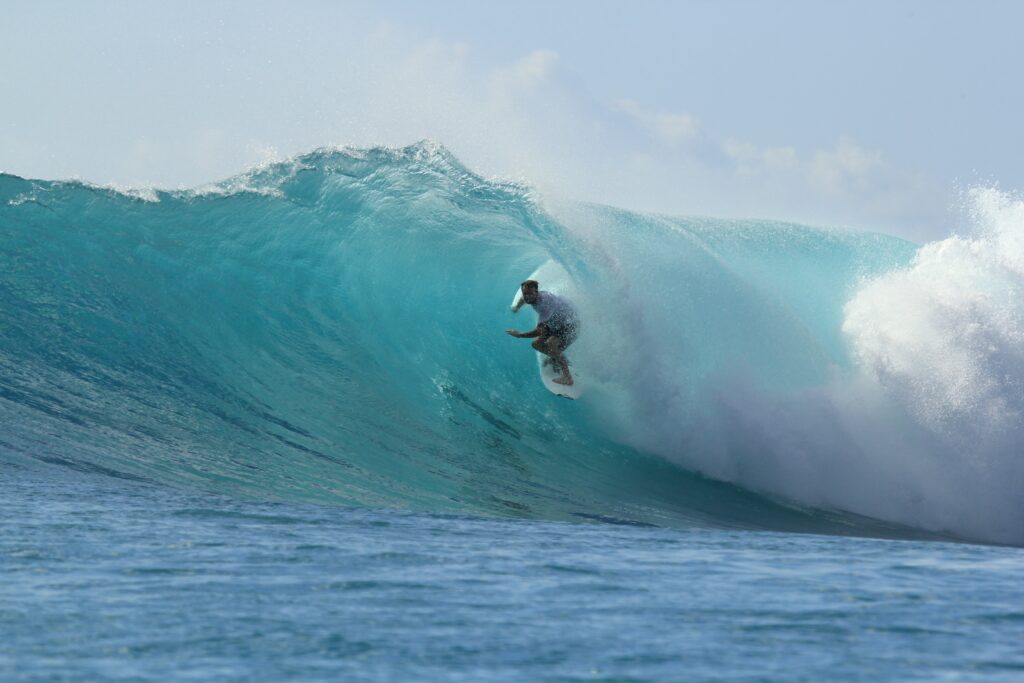
Free Diving
Free diving, often referred to as breath-hold diving, provides enthusiasts with profound thrills as they plunge into remarkable depths without any breathing apparatus. However, the excitement of free diving comes with considerable risks that can be life-threatening. The sport has a notable fatality rate of approximately 1 in 10,000 dives, underscoring the combination of skill and danger involved in achieving personal bests. Record-breaking free divers frequently share tales of near-misses, highlighting the fine line between triumph and tragedy in this extreme sport. To enhance safety, divers are strongly advised to practice equalization techniques and remain aware of their physiological limits. Additionally, diving with a buddy and adhering to established safety protocols can significantly mitigate dangers, ensuring that each dive remains a thrilling yet secure experience.
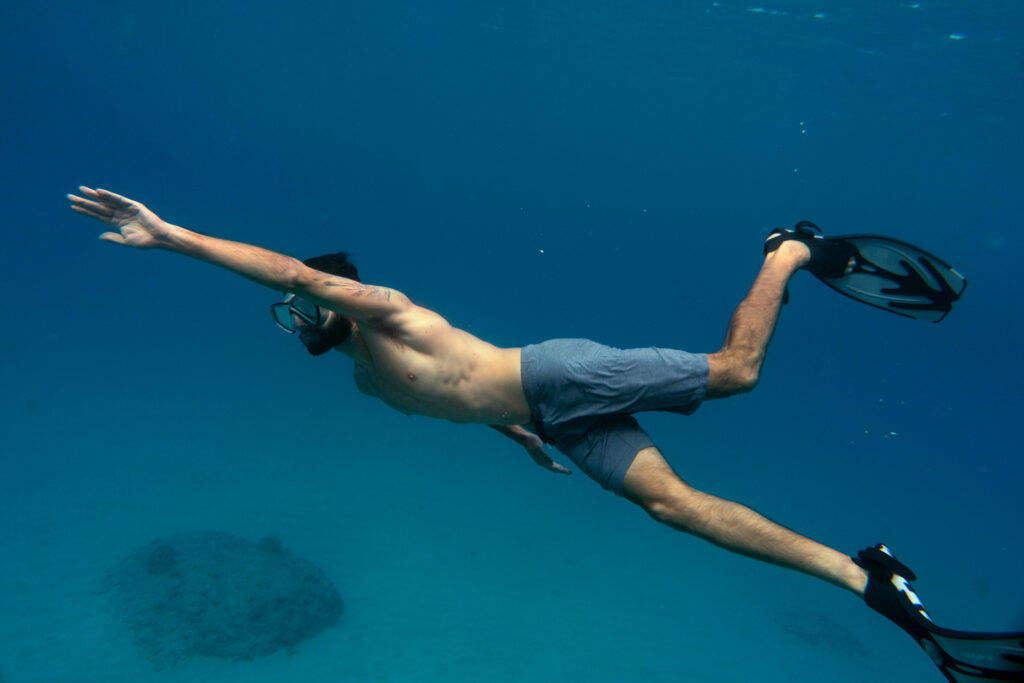
Whitewater Kayaking/Rafting
Whitewater kayaking and rafting provide exhilarating thrills as participants navigate through rough, untamed waters. Yet, these water-based extreme sports carry inherent risks. Reports indicate that approximately 50 deaths occur each year in the United States due to whitewater rafting, serving as a stark reminder of the dangers associated with this activity. Rivers such as the Gauley River in West Virginia and the Colorado River in Arizona are beloved by enthusiasts but are notorious for their hazardous conditions, which include turbulent rapids, submerged rocks, and unpredictable currents. To reduce the risk of accidents, it is imperative to use proper gear, including helmets and high-quality life jackets, while also gaining a comprehensive understanding of the river’s characteristics and conditions before embarking on any journey. Familiarizing oneself with safety measures and techniques is key to enjoying the thrill of whitewater sports while minimizing potential dangers.
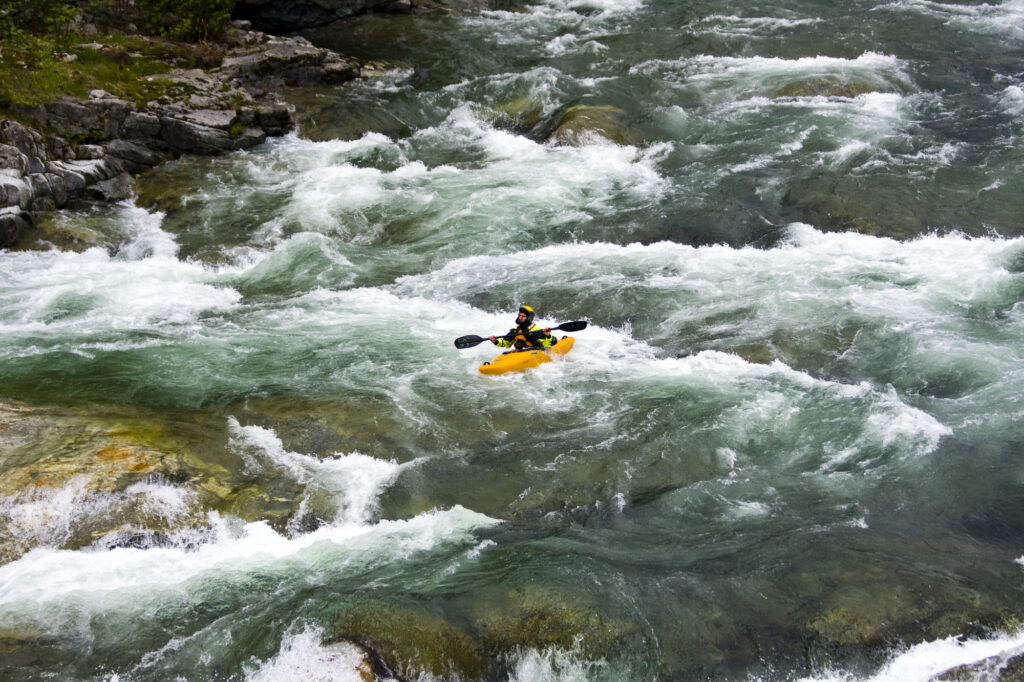
Speed and Gravity
Motorcycle Racing
Motorcycle racing captivates fans worldwide with its fierce competition and high-speed action, but it is also among the most dangerous extreme sports. The sport has a fatality rate of approximately 1 in 1,000 racers, underscoring the serious risks involved. Iconic events like the Isle of Man Tourist Trophy (TT) have witnessed multiple fatal accidents, emphasizing the extreme dangers racers face on the track. To counter these risks, experts strongly recommend that racers invest in high-quality safety gear, such as helmets, leathers, and protective equipment, while remaining acutely aware of track conditions and weather factors. Comprehensive training and risk assessment prior to races can enhance safety, allowing riders to pursue their passion for speed while taking proactive steps to safeguard their lives.

Formula 1 Racing
In the fast-paced world of Formula 1 racing, speed and danger are intertwined. Despite significant advancements in safety regulations and vehicle technology over the years, the risk of fatalities remains a real concern in this high-stakes arena. The sport’s tragic history, which includes crashes such as that of legendary driver Ayrton Senna in 1994, serves as grim reminders of the potential consequences of high-speed racing. Recently introduced safety innovations, including the halo device designed to protect drivers during crashes, have improved safety but do not eliminate risks altogether. Experts caution that race teams must prioritize thorough vehicle checks before each race and emphasize the need for continuous development in safety measures. By taking a collaborative approach to driver safety, the sport can hope to reduce risks while maintaining the exhilarating spectacle that captivates millions worldwide.

Downhill Skiing/Snowboarding
Downhill skiing and snowboarding are thrilling winter sports that offer participants the excitement of navigating scenic slopes and challenging terrain. However, inherent risks exist, as statistics reveal that thousands of injuries occur each year in these sports, with some resulting in fatalities. Challenging runs, such as Corbet’s Couloir in Jackson Hole, significantly test even the most skilled athletes and elevate the risk factors associated with downhill skiing. To mitigate injuries, skiers and snowboarders should prioritize using proper protective gear, including helmets and pads, and become well-informed about the specific features of the runs they intend to tackle. Experts recommend against skiing solo or pushing personal limits under risky conditions. By emphasizing safety and awareness on the slopes, enthusiasts can experience the adrenaline rush of downhill skiing and snowboarding while significantly reducing the likelihood of accidents.

Airborne Adrenaline
Skydiving
Airborne adrenaline reaches new heights in extreme sports like skydiving and paragliding, where the exhilarating experience of free-falling or gliding through the air offers an unmatched thrill. However, each sport presents a unique set of risks that participants must acknowledge and prepare for to ensure their safety. Skydiving, one of the most exhilarating experiences, allows individuals to leap from tens of thousands of feet above the ground, witnessing breathtaking views during freefall. Despite its appeal, studies show that the fatality rate in skydiving is approximately 1 in 100,000 jumps. This sobering figure often serves as a reminder of the potential dangers involved, such as parachute malfunctions and human error. To mitigate these risks, experts strongly recommend that new skydivers undergo comprehensive training that encompasses everything from emergency protocols to proper gear checks. Conducting thorough pre-jump inspections of equipment, including parachutes and altimeters, is essential to ensuring a safe experience in the sky.
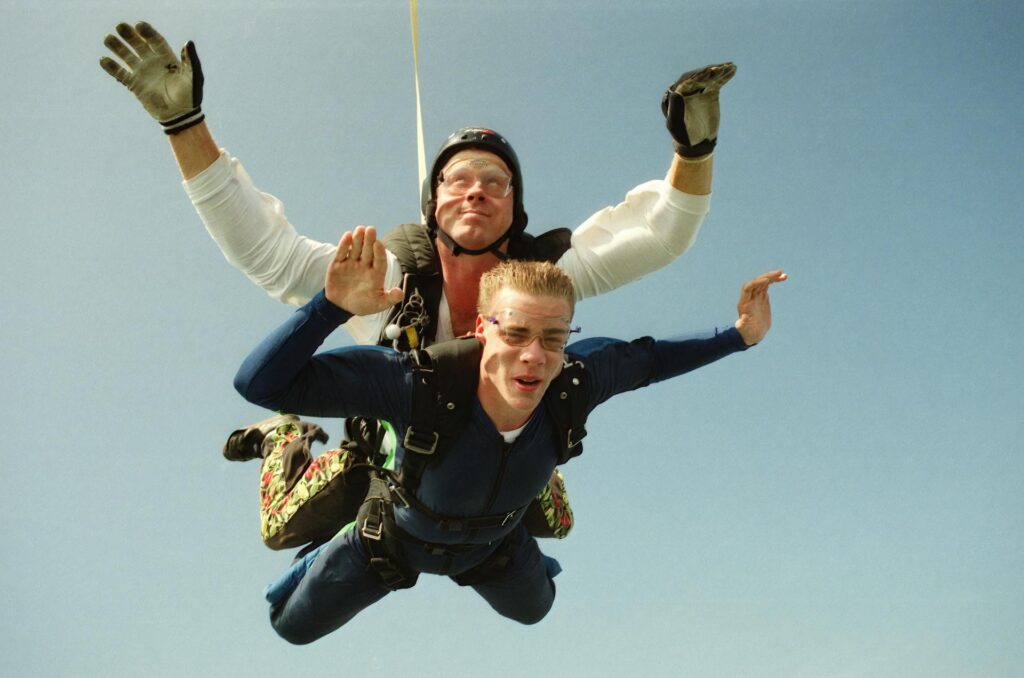
Paragliding
Paragliding, another popular form of airborne adrenaline, allows participants to soar gracefully through the skies while enjoying stunning landscapes and breathtaking views. Nonetheless, this sport is not without its hazards, as statistics indicate an average of 10 fatalities each year in the United States alone. These chilling figures underline the importance of understanding the risks involved when gliding through the air. Weather conditions are especially critical in paragliding, as rapid changes can greatly impact flight safety. Pilots must stay vigilant and informed about current and forecasted weather patterns before taking off, as sudden gusts or storms can create dangerous flying conditions. Experienced paragliders strongly recommend that individuals become familiar with the terrain they will be flying over, as varied landscapes present unique challenges and risks. Additionally, having a solid backup plan, such as knowing multiple landing zones and emergency protocols, can greatly enhance a pilot’s safety and confidence while navigating the skies. By prioritizing education and preparation, paragliders can fully enjoy the thrill of flight while minimizing the inherent dangers associated with this most dangerous extreme sport.
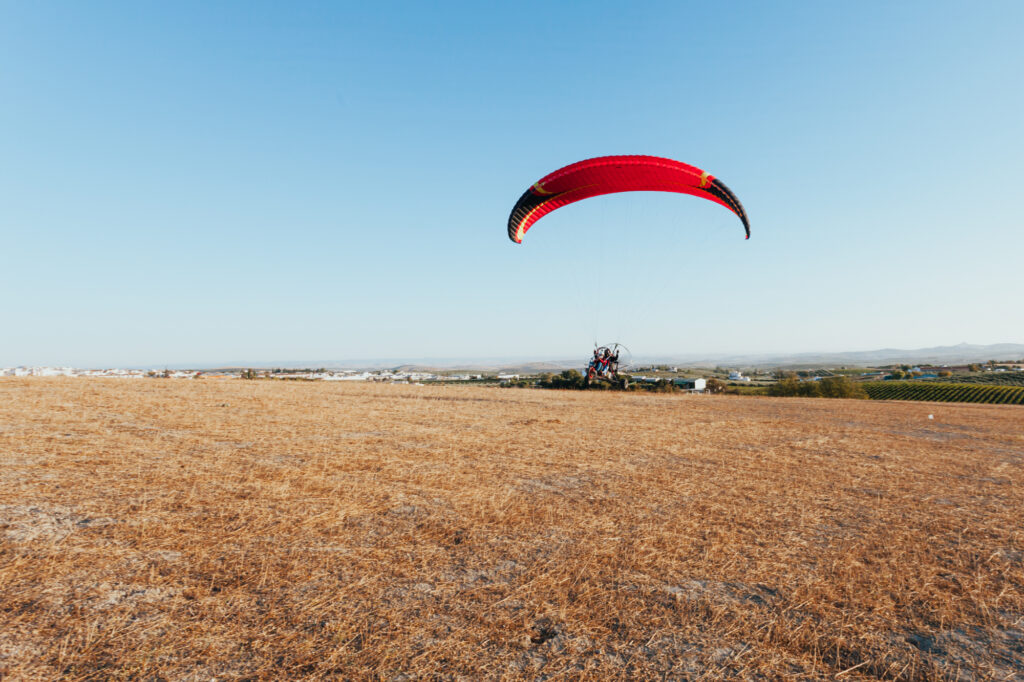
Cave Exploration and Urban Exploration
Cave Exploration
Cave exploration, particularly cave diving, combines adventure and challenge, captivating many daring individuals drawn to the underwater wonders of our planet. Cave diving is a thrilling yet dangerous sport that enables divers to discover hidden underwater passages and stunning subterranean landscapes. However, it comes with significant risks: statistics indicate that around 20 deaths occur annually in U.S. caves, often due to drowning or disorientation. Complex cave systems like The Devil’s Eye in Florida possess intricate passages that can easily confuse even seasoned divers. To minimize such risks associated with cave diving, experienced divers stress the importance of thorough planning and preparation before diving. This includes utilizing appropriate equipment, such as specialized diving gear and safety devices, while developing detailed dive plans that outline entry and exit points, as well as emergency procedures. Additionally, maintaining proper buoyancy and communication techniques is essential to secure a safe and enjoyable adventure in the mesmerizing depths of these caves.

Urban Exploration
Urban exploration, often referred to as “urbex,” involves venturing into abandoned buildings, forgotten tunnels, and neglected infrastructures, presenting thrill-seekers an opportunity to uncover hidden stories within urban landscapes. While the allure of exploring these deserted sites can be enticing, the risks are palpable; accidents often occur, with injuries commonly resulting from unstable structures and hazardous materials. Research indicates a concerning rise in incidents leading to injuries while exploring urban sites, emphasizing the need for caution. Safety advisors strongly recommend going exploring with friends; a buddy system can provide vital support in emergencies. Furthermore, ensuring adequate knowledge about the area and conducting thorough reconnaissance before entering an abandoned site can significantly enhance safety. Understanding the history of a location, potential hazards, and legal implications will not only safeguard explorers but also enrich their experiences, transforming a simple adventure into an exciting historical exploration. By emphasizing safety and awareness, urban explorers can navigate the thrilling world of abandoned places while minimizing risks and amplifying their overall adventures in the most dangerous extreme sports.
Conclusion
In conclusion, engaging in the most dangerous extreme sports offers a unique blend of exhilaration, adventure, and the opportunity for personal growth. However, with these thrilling experiences comes a heightened level of risk that necessitates careful consideration and preparation. Whether it’s soaring through the skies while wingsuit flying, navigating the unpredictable waters of big wave surfing, or exploring the depths of a cave, enthusiasts must prioritize safety to fully enjoy these high-octane pursuits.
